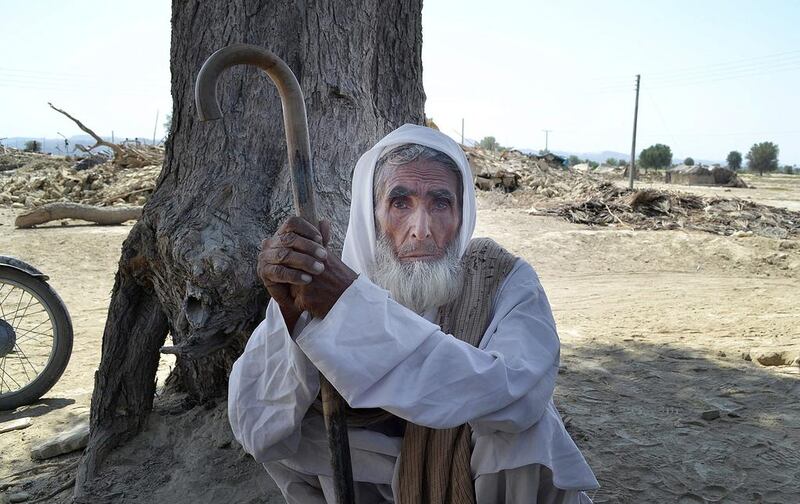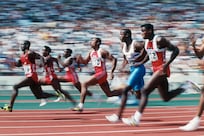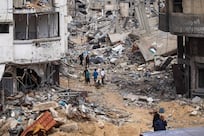AWARAN, Pakistan // Desperate villagers in southwest Pakistan clawed through the wreckage of their ruined homes yesterday after a huge earthquake struck killing more than 300 people.
The 7.7-magnitude quake hit on Tuesday afternoon in Baluchistan province’s remote Awaran district – a dirt-poor expanse of land.
At least 328 people have been confirmed dead and more than 450 injured, according to the Provincial Disaster Management Authority (PDMA) and the Baluchistan government.
In the village of Dalbedi, the earthquake – Pakistan’s deadliest since the devastating Kashmir quake of 2005, which killed 73,000 – flattened some 250 houses.
Bewildered villagers dug with their hands through the rubble of their mud houses in Dalbedi to retrieve what was left of their meagre possessions.
Their simple houses destroyed, they used rags, old clothes, sheets and tree branches to shelter their families from the sun.
Farmer Noor Ahmed, 45, said the tremors lasted for two minutes and turned buildings in the village into piles of mud.
“We have lost everything, even our food is now buried under mud and water from underground channels is now undrinkable because of excessive mud in it due to the earthquake,” he said.
Jan Muhammad Buledi, spokesman for the Baluchistan government, gave the death toll and said it was likely to rise further as rescue teams reach more villages in the area, which has been shaken by more than a dozen aftershocks.
More than 300,000 people had been affected by the quake across six districts – Awaran, Kech, Gwadar, Panjgur, Chaghi and Khuzdar – he said.
“People are still trapped under the rubble but it is a huge disaster and it will take time to reach and rescue all the people,” he said.
PDMA official Ahmad Nawaz confirmed the death toll and said the injured numbered 498.
The authorities have prioritised finding the injured and getting them to hospital, but the task is hampered by the area’s remoteness and the limited infrastructure.
They are also trying to provide tents to shelter the thousands left homeless.
“It is difficult to estimate the real magnitude of the losses because the area is very vast with small and scattered villages,” said Major General Muhammad Saeed Aleem, chairman of the National Disaster Management Authority.
“We will receive satellite images tonight and then we will be in a position to analyse the magnitude of the losses.”
The army has rushed medical staff and troops to the devastated area to help with rescue efforts, along with seven tonnes of food and a tonne of medicine. Six helicopters are taking part in rescue work, the military said.
The scale of the territory involved is daunting. Awaran’s population is scattered over an area of more than 21,000 square kilometres.
Baluchistan makes up about 45 per cent of Pakistan’s area but is the country’s least populated and least developed province. On top of the difficult terrain, the area is rife with separatist and Islamist militants as well as bandits.
Tremors were felt on Tuesday as far away as New Delhi and even Dubai, while people in the Indian city of Ahmedabad, near the border with Pakistan, ran into the streets in panic.
In April, a 7.8-magnitude quake in southeast Iran, close to the border with Baluchistan, killed 41 people and affected more than 12,000 on the Pakistan side of the border.
Agence France-Presse





